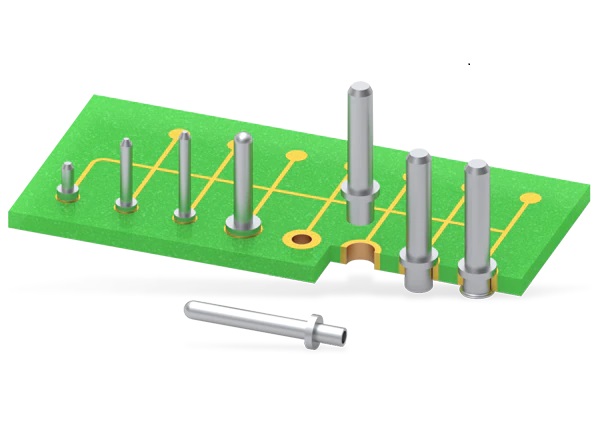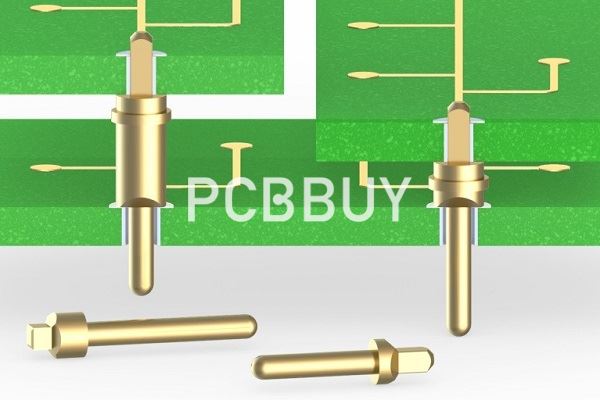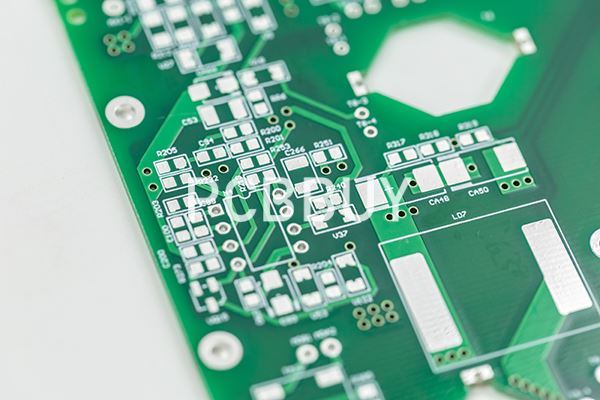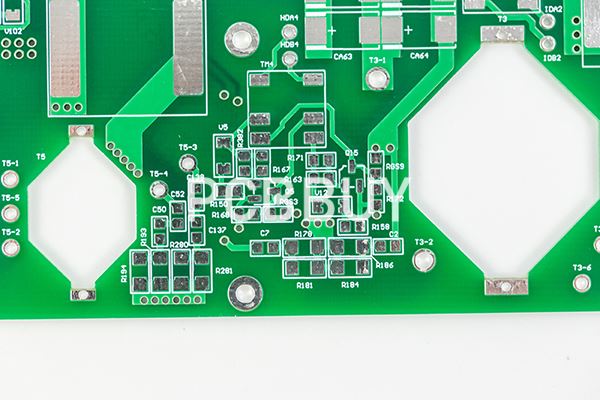PCB Pins
By:PCBBUY 08/25/2021 08:54

Do you know what pins in PCB are? They are tubular shaped male connectors used to carry electrical current within PCB assemblies. Printed circuit pins are available loose or grouped together in what are called pin headers. In this passage, we will focus on the PCB pins and if you are going to learn more professional knowledge please check and read the content we prepare for you below.

What are mounting PCB pins?
PCB pins are mounted to the board utilizing either through-hole technology (THT) or surface mount technology (SMT). Through hole (THT) mounted pins are inserted in pre-drilled holes in the board and then soldered in place. Surface mounted (SMT) pins on the other hand are soldered directly to the top of the circuit board without any drilling required.
What are popular PCB pins styles?
In addition to mounting style there are many other PCB pin variations available. Contact materials range from brass to nickel while common plating materials include gold, tin, and copper.
· Nail Head Pins
· Slotted Terminal Pins
· Wire Crimp Pins
· Swage Terminal Pins
· Double-Tail Header Pins
· Press-Fit Pins
· Mill-Max
· TE Connectivity
· Harting
· Advanced Interconnections
· Harwin
· Cambion Electronics
What are the main types of PCB pins?
In PCB designs where there is a need to interface with an external mechanism, you’ll need to factor in pins and receptacles. There are numerous types of pins that are directly or indirectly involved in PCB designs.
After browsing through the enormous catalogs by manufacturers, you’ll find that the type of pins are generally split into the following categories
· Single/double-header pins
· Turret slotted pins
· Solder mount PCB pins
· Wire wrap terminal pins
· Solder cup terminal pins
· Slotted terminal pins
· Swage terminal pins
Most of these pins are paired with their receptacles and are made with different materials. Commonly-used materials for producing these pins are beryllium copper, beryllium nickel, brass alloys, phosphor bronze, and tellurium copper. The pins are plated with different finishing materials, such as copper, lead, tin, silver, gold, and nickel.
Some of the pins are soldered or crimped onto wires but pins such as the header, solder mount, press-fit, and turret swatch are mounted on a PCB quote.

How to choose pins for PCB?
Like any other PCB components, there are some tricks that will save you some heartaches when designing with terminal pins and headers. One of the most important rules is to get the padded hole size right. Always refer to the suggested footprint by the manufacturer for the right size. Padded holes that are too small or large will result in assembly issues.
The electrical characteristic of the terminal pins is also important, especially when high currents are channeled through. You’ll need to allocate a sufficient amount of pins to ensure the required amount of current passes through without causing heat issues.
Using header pins for board-to-board connections can be tricky. Besides getting the alignment right, you must ensure that no high profile components such as electrolytic caps are blocking the gap between two PCBs. The same goes for encased pins that extend beyond the edge of the PCB.
If you’re using through-hole or surface-mounted pins, you’ll want to ensure that thermal-reliefs applied to the ground polygon connected to the pin. This ensures that the heat applied during soldering does not disperse quickly and subsequently affect the solder joint.
Here are some areas you’ll need to ponder when choosing PCB pins.

Pitch Size
Some PCB pins are offered in various ranges of pitch sizes. For example, dual row header pins are usually available in 2.54mm, 2mm, and 1.27mm. Besides the pitch size, the dimension of the individual pin and current rating also differs.
Material
The material used in plating the pins may result in different cost and conductivity. Gold plated pins are generally more expensive than tin plated ones but are more conductive.
Type
Obviously, you’ll need to decide which type of PCB pin to fit your design. If you’re looking for terminal pins for board-to-board connection, the header pins are the right choice. Header pins are usually through-hole mounted but there are surface-mounted versions that go well for automated assembly.
Industry Category











